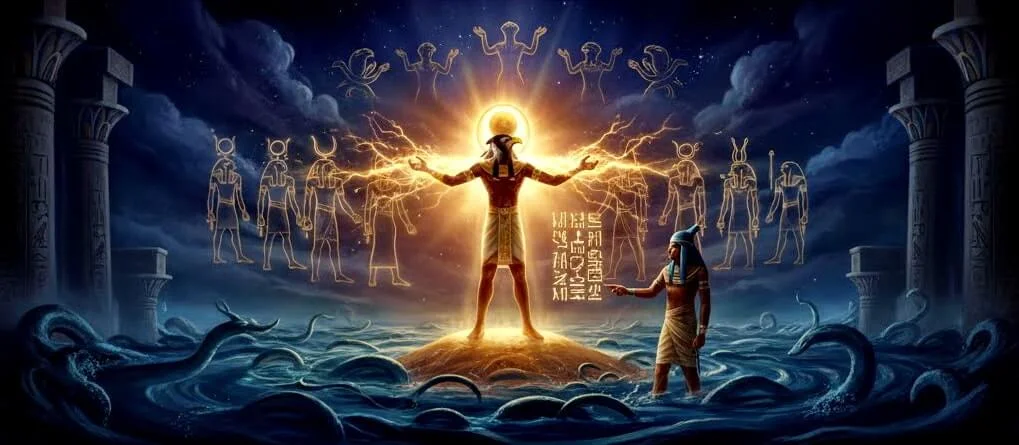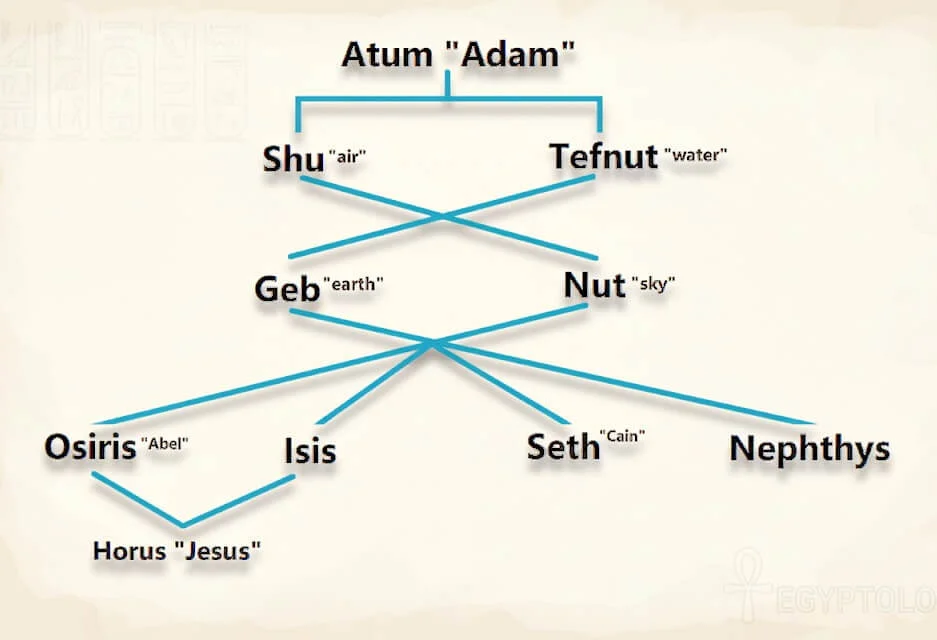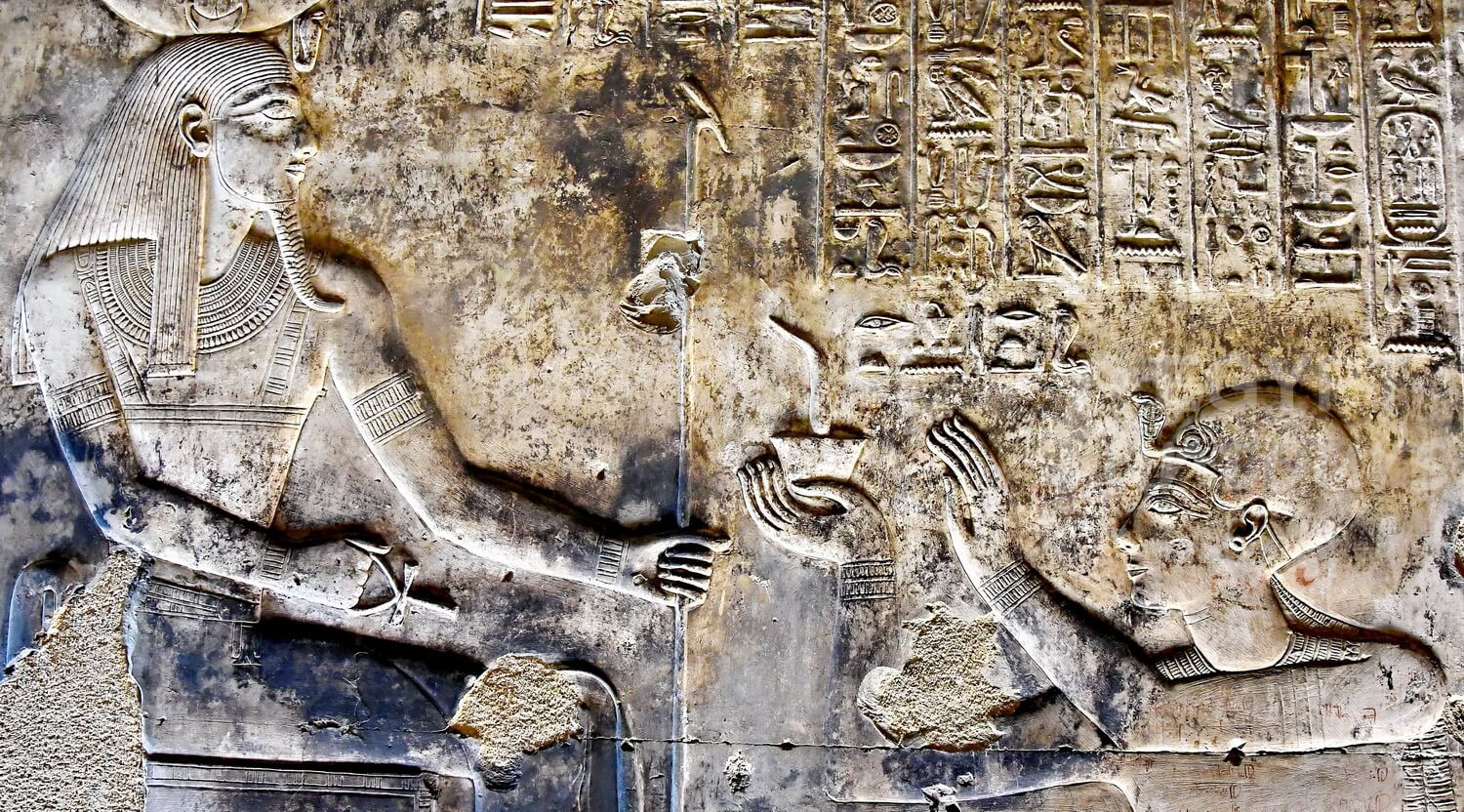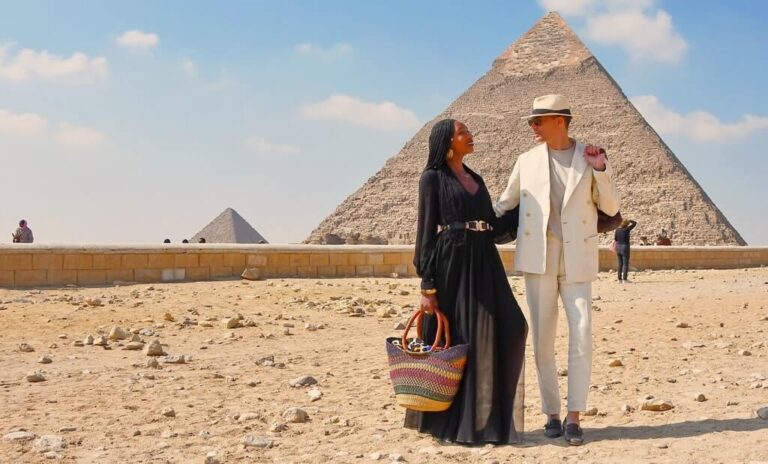God Atum: The All-Risen One
The Egyptian pantheon is built upon the story of creation, and at the absolute beginning stands God Atum. Known as the “All-Risen One” or “He Who Completes,” Atum is the primordial deity who created himself and, subsequently, the entire cosmos. While later gods like Amun and Osiris commanded greater popular devotion, Atum’s importance remains unparalleled: he is the source from which all other gods and, indeed, all existence flows.
Atum’s central role is defined by the Heliopolitan Creation Myth, which established the theological foundation for centuries of Egyptian rule. This guide will explore his origin in the dark waters of Nu, detail the incredible act of self-creation, and uncover his lasting significance as the father of the Ennead—the nine foundational gods who shaped the world. To understand the Egyptian view of order, life, and the sun, we must begin with God Atum, the first spark of consciousness in the void.




























